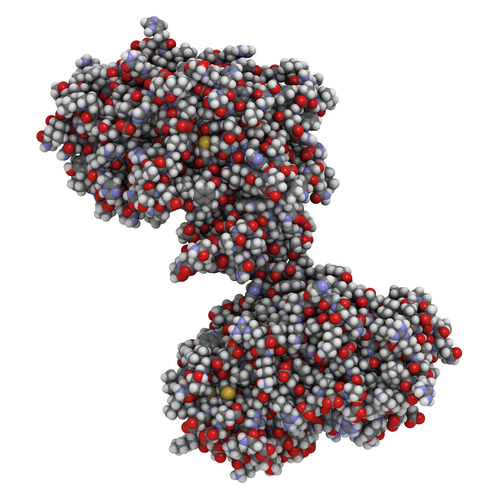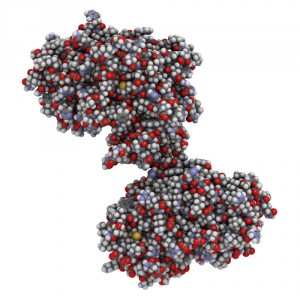Rogue Protein Found in Alzheimer’s, Parkinson’s Also Present in Multiple Sclerosis

 In a recent study entitled “Detection of protein aggregates in brain and cerebrospinal fluid derived from multiple sclerosis patients” a team of researchers reported to have detected soluble oligomers in both brain and cerebrospinal fluid samples from multiple sclerosis patients. The study was published in the journal Frontiers in Neurology.
In a recent study entitled “Detection of protein aggregates in brain and cerebrospinal fluid derived from multiple sclerosis patients” a team of researchers reported to have detected soluble oligomers in both brain and cerebrospinal fluid samples from multiple sclerosis patients. The study was published in the journal Frontiers in Neurology.
Multiple sclerosis (MS) is a disease characterized by damage to the inner layer of nerve cells as a result of a hyper-reactive autoimmune response, leading to several neurological symptoms. The disease is currently the most common autoimmune disorder affecting the central nervous system. Notably, a characteristic feature of Alzheimer’s and Parkinson’s disease, the accumulation of the proteins amyloid β and tau protein, were recently discovered in brains and cerebrospinal fluid of multiple sclerosis patients as well.
In this study, the authors at the University of Surrey, University of Texas Medical Center and PrioCam Laboratories aimed to determine whether the presence of soluble protein oligomers (previously identified in neurodegenerative diseases and impacting synaptic function, for example) were also present in multiple sclerosis patients. To this end, the authors used a tool they previously developed, monoclonal antibodies (mAbs) called PRIOC mAb, to detect the presence of soluble oligomers. As with Alzheimer’s and Parkinson’s disease, the authors observed that in both brain and cerebrospinal fluid samples of multiple sclerosis patients, there is an accumulation of soluble protein oligomers.
[adrotate group=”4″]
Their findings, therefore, suggest that protein aggregation is not only present in multiple sclerosis patients but can indeed impact the disease onset and severity. However, further studies are needed to understand exactly how multiple sclerosis is determined by these aggregates.
Dr Mourad Tayebi from the University of Surrey and study author commented, “Our discovery proposes a new and alternative way to conduct research into multiple sclerosis, by, for the first time, identifying a clear link to other neurodegenerative diseases. The results are important in redefining the molecular and cellular make-up of these diseases, and provides an important milestone in the quest for a laboratory test and an effective cure.”
Dr. Monique David from the PrioCam noted, “Our research indicates that rogue proteins share a common structure and may share similar pathogenic mechanisms. This study consistently and reproducibly links the presence of abnormally shaped proteins to multiple sclerosis.”






